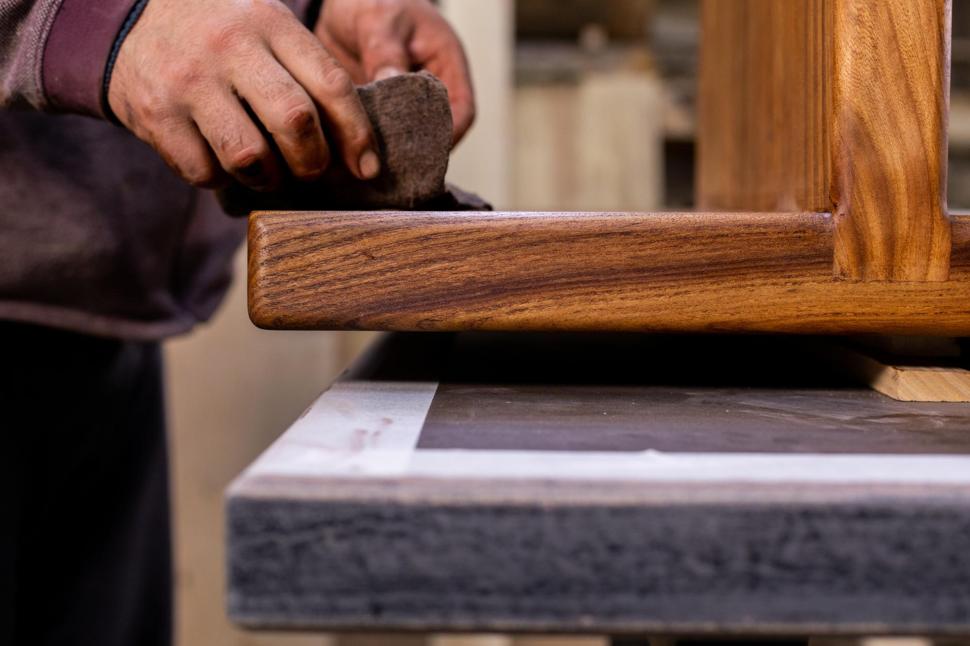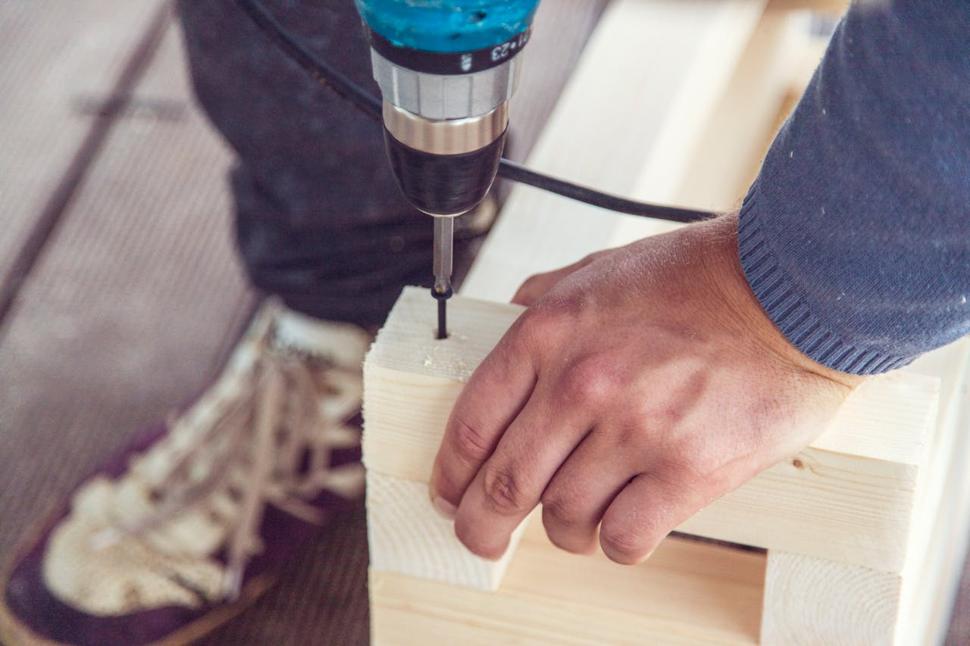How to Spot High-Quality Wooden Furniture

Purchasing high-quality wooden furniture is more than just an expense—it’s a decision that reflects your taste, lifestyle, and commitment to sustainability. Unlike cheaper, mass-produced alternatives, well-crafted wooden furniture stands out for its craftsmanship, resilience, and inherent charm. Whether you're outfitting your home, office, or another space, learning how to identify top-tier wooden furniture can ensure your pieces not only look fantastic but also endure the test of time.
In this guide, we'll take you through the essential factors to consider when choosing quality wooden furniture. From the types of wood used to the artistry involved, and from the finishing touches to durability, you'll gain the insights needed to make smart investments and acquire pieces that truly stand the test of time. Let's dive into the world of fine wooden furniture and uncover what makes it exceptional.
Understanding the Types of Wood
Hardwoods Versus Softwoods
Hardwoods, sourced from deciduous trees such as oak, maple, and walnut, are renowned for their density, strength, and endurance. These woods are frequently used in premium furniture due to their capacity to resist wear and tear over extended periods.
Softwoods, originating from coniferous trees like pine, cedar, and fir, are generally less dense than hardwoods. However, premium pine furniture can still deliver remarkable durability and aesthetic appeal, especially when crafted with care and precision.
Solid Wood vs. Engineered Wood
Another critical distinction in quality furniture lies between solid wood and engineered wood. Solid wood furniture is entirely composed of natural wood, offering unparalleled durability and a distinctive grain pattern that gives each piece its own personality. This type of furniture is often viewed as a long-term investment because of its robustness and timeless charm.
Engineered wood, including materials like plywood and medium-density fiberboard (MDF), is manufactured by bonding wood fibers, veneers, or particles together. While typically used in more budget-friendly furniture options, engineered wood can also be found in high-quality pieces where it adds stability and resistance to warping. Nevertheless, nothing matches the authenticity and longevity of solid wood furniture, especially when it highlights the natural beauty of the wood.
Craftsmanship and Construction
Joinery Techniques
The construction of custom wooden furniture is a true testament to the skill and expertise of the artisan. One of the hallmarks of quality furniture is the joinery technique employed. Superior pieces often incorporate traditional joinery methods such as dovetail, mortise and tenon, and dowel joints. These techniques not only enhance the strength and durability of the furniture but also showcase meticulous craftsmanship.
- Dovetail Joints. Recognized for their interlocking design, dovetail joints are commonly found in drawers and cabinets. This method provides a strong and lasting connection between wood sections.
- Mortise and Tenon Joints. This classic joinery approach involves fitting a tenon (a projecting piece of wood) into a mortise (a matching cavity). It is extensively used in constructing frames and supports, offering exceptional stability.
- Dowel Joints. Dowels are cylindrical rods inserted into corresponding holes in adjoining wood pieces. This method is often utilized to reinforce joints and contribute to the overall sturdiness of the furniture.

Attention to Detail
When evaluating a piece, pay attention to smooth edges, consistent finishes, and hidden hardware. These elements suggest that the artisan invested time in perfecting every aspect of the furniture.
- Smooth Edges and Corners. Quality furniture will have well-sanded and smooth edges, preventing splinters and ensuring a polished appearance.
- Consistent Finish. A consistent finish, whether stained, painted, or natural, demonstrates that the wood was treated with care and precision. The finish should highlight the wood’s natural grain and shield it from damage.
- Hidden Hardware. In high-quality furniture, hardware like screws and nails are often concealed or barely visible. This enhances the aesthetic appeal and also signifies a higher level of craftsmanship.
When inspecting solid wood bedroom furniture, for instance, you should anticipate these meticulous details that guarantee both beauty and durability. Excellent construction techniques and careful attention to detail are what differentiate superior pieces from mass-produced alternatives.
Finishes and Appearance
Types of Finishes
Several types of finishes are used in quality wooden furniture, each with distinct properties and advantages.
- Varnish. Varnish is a clear, hard finish that accentuates the wood’s natural beauty while providing a protective layer against moisture, heat, and scratches. It is commonly applied to tabletops and other high-use surfaces.
- Lacquer. Lacquer offers a high-gloss finish that dries quickly and provides excellent durability. It creates a smooth, glass-like surface that resists wear and tear.
- Oil. Oil finishes penetrate the wood, enhancing its natural grain and providing a warm, rich look. They are easy to apply and maintain, making them a popular choice for those who appreciate the wood’s natural feel.
- Wax. Wax finishes offer a soft, matte sheen and are often combined with other finishes. They provide a protective layer that can be readily refreshed to keep the wood looking its best.
Evaluating the Surface
A high-quality finish should be smooth, consistent, and free of blemishes. Here are some pointers for assessing the finish and appearance of the furniture:
- Smoothness: Run your hand over the surface to check for smoothness. A quality piece should feel even and free of rough spots, indicating thorough sanding and finishing.
- Consistency: Look for a uniform color and grain pattern across the piece. Uneven color or grain can signal lower-quality wood or poor craftsmanship.
- Imperfections: Examine the furniture for any scratches, dents, or uneven areas. Quality wooden furniture should be free of such flaws, as they can undermine both the aesthetic and structural integrity of the piece.
The benefits of handcrafted furniture are particularly evident in the finish and appearance. Handcrafted pieces often receive more attention and care during the finishing process, resulting in a superior final product. The finish not only enhances the wood’s natural beauty but also protects it from everyday wear and tear, ensuring your furniture remains beautiful and functional for years to come.
Durability and Functionality
Weight and Stability
High-quality wooden furniture, especially solid wood pieces, tends to be heavier due to the density of the wood used. Heavier furniture often suggests robust construction and durability, ensuring the piece can withstand daily use and maintain its structural integrity over time.
- Assessing Weight. Lift a section of the furniture to gauge its weight. Solid wood pieces will be significantly heavier than those made with particleboard or other low-quality materials.
- Testing Stability. Place the furniture on a flat surface and gently shake it. Top-notch pieces should feel sturdy and stable, without any wobbling or loose parts. Stability is especially crucial for items like tables, chairs, and bookshelves, which must support weight and maintain balance.
Hardware and Fittings
The hardware and fittings used in wooden furniture can significantly affect its functionality and lifespan. Quality pieces will feature durable, well-made hardware that ensures smooth operation and enhances the furniture’s overall aesthetic.
- Quality of Hardware. Inspect the hinges, handles, drawer slides, and other fittings. They should be made from robust materials like stainless steel, brass, or high-grade alloys, which are resistant to rust and wear.
- Functionality of Movable Parts. Test the functionality of drawers, doors, and other movable parts. Drawers should glide smoothly without sticking or wobbling, and doors should open and close effortlessly, with hinges that don’t squeak or bind.
Well-constructed hardware and fittings not only improve the piece’s functionality but also contribute to its aesthetic appeal, adding a touch of elegance and refinement.
By focusing on the weight, stability, and quality of hardware, you can better evaluate the durability and functionality of wooden furniture. Combining this assessment with evaluations of the other factors discussed in this post is essential to ensuring your investment delivers long-lasting value, adding both beauty and practicality to your living space.
Wings Themed Balloons,Wings Foil Scene Balloon,Wings Foil Decorative Balloons,Wings Decorative Balloons
Xiongxian Tonghai Latex Products Co., Ltd , https://www.balloontonghai.com